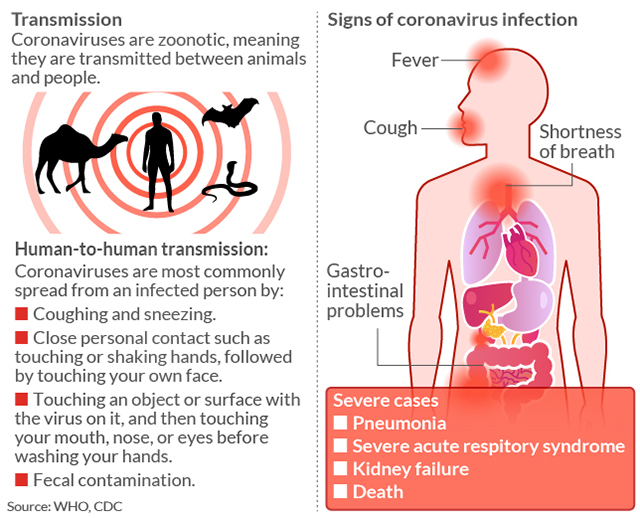Do the elastics on your face mask hurt your ears? Would you rather not pay money on Amazon AMZN, +0.44% for a face mask that could take weeks to arrive? Do you need to go to the store in a hurry? Pull up a seat. Ronit Bose Roy, a Mumbai-based Twitter TWTR, +3.15% user whose near-325,000 followers include Salman Rushdie, showed the world how to fold a T-shirt into a face mask in 30 seconds. As of Thursday, his video has received more than 1.8 million views.
Step 1: Pull the T-shirt over your head until the neck opening lines up with your nose.
Step 2: Fold the bottom of the shirt up once, and double-fold it down across your face.
Step 3: Criss-cross the back of the T-shirt once and pull up over the top of your head.
Done and done!
Here is Ronit Bose Roy’s video:
After weeks of obfuscation over the efficacy of face masks among federal agencies and controversy over health-care workers wearing disposable masks multiple times due to the lack of personal protective equipment, the Trump administration and New York Gov. Andrew Cuomo agreed on one thing: all Americans should wear face masks when they’re not maintaining the recommended 6-feet distance from each other, mainly to prevent the wearer from spreading the disease.
Earlier this month, Cuomo ordered everyone over the age of two in New York, the national epicenter of the virus, to cover their faces in public when they can’t maintain a proper social distance. “You’re walking down the street alone? Great! You’re now at an intersection and there are people at the intersection, and you’re going to be in proximity to other people? Put the mask on.” (Last week, he also extended the lockdown in New York until May 15.)
“ Earlier this month, Gov. Cuomo ordered everyone over the age of two in New York, the national epicenter of the virus, to cover their faces in public when they can’t maintain a proper social distance. ”
On April 3, the Trump administration and the Centers for Disease Control and Prevention reversed their policies on face mask, and said all Americans should wear cloth face coverings and not — as it previously said — just medical workers. President Trump cited “recent studies” of asymptomatic transmission for the U-turn, while the CDC cited “new evidence.” Unlike Cuomo’s executive order, the federal government’s recommendations are voluntary.
But do masks work, even if you use thick cotton folded three times over your nose and mouth? Studies have concluded that face masks have helped reduce contagion by reducing droplets being sprayed into the air during flu season. Another Japanese-based study says this works when paired with vaccination, but a vaccine has not yet been approved for the virus that causes COVID-19. It may be that masks work in a small amount of cases and/or just wearing them helps to promote healthy behaviors.

To preserve the supply of N95 and surgical masks for health-care workers treating patients who have contracted COVID-19, the disease caused by the new coronavirus, the CDC has advised all Americans to instead wear “cloth face coverings in public settings where other social distancing measures are difficult to maintain.” Those places include grocery stores, supermarkets and pharmacies or anywhere people are close in a public setting, the CDC said.
Some public figures have done public about-faces on the issue of face masks. On Feb. 29, U.S. Surgeon General Jerome Adams said he was against members of the public wearing face masks, and tweeted, “Seriously people- STOP BUYING MASKS! They are NOT effective in preventing general public from catching #Coronavirus.” By April 4, Adams changed his stance and released a video on Twitter TWTR, +3.15% detailing how to make your own mask.
Scott Segal, chairman of anesthesiology at Wake Forest Baptist Health, a North Carolina medical center, who recently launched a research project to study the effectiveness of the materials used in homemade masks, told MarketWatch, “Some cotton fabrics filter less than 25% of air particles.” Of 13 cloth masks Segal studied in partnership with the Wake Forest Institute for Regenerative Medicine, he ranked “quilters’ cotton” the highest.
Here is the Surgeon General’s video:










Add Comment